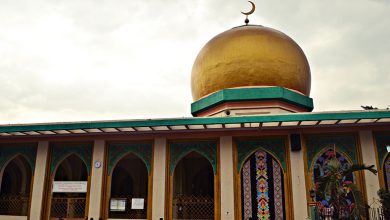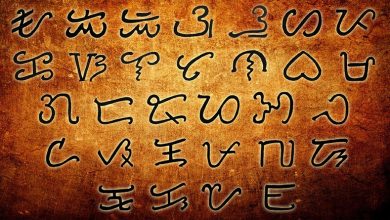Dress
The traditional garb of men during the pre-colonial period was a short-sleeved jacket, either black or blue; chiefs were distinguished by wearing red. Their nether garment (bahag) was a strip of cloth wound round the waist and hanging low between the legs. On their heads they wore a kind of turban called putong, served as head gear. Women wore a sleeved blouse (baro) and a loose skirt (saya or patadyong) wrapped with a length of cloth called tapis. Both men and women wore jewellery such as bracelets, pendants, gold rings, ear-rings and anklets. For extra elegance the teeth were plated with gold. The most interesting type of ornament, however, was tattooing. Women’s faces were tattooed to enhance their beauty, but men used tattooing on their face and body as a record of the great feats they had performed. The people of the Visayas are particularly noted for their tattooing, so much so that the Spaniards called this part of the archipelago the islands of the Pintados, the painted men. The delicately executed patterns clothed their wearers no less effectively than an embroidered garment.
Traditional Filipino dress, showing strong Spanish influence, is still worn as a national costume and as formal wear at official receptions. The terno, a garment with a flared skirt and striking sleeves of lighter material starched which balloon out from the arms. Men wear the barong tagalog, a shirt of fine material (jusi, sinamay, abaca or ramie fibre) with either long or short sleeves.
Nowadays, the all-conquering garment is the cotton T-shirt, and most young people wear jeans or Western-style trousers in a variety of colours. Women mostly use make-up, and are highly clothes-conscious, following Western fashions closely.




